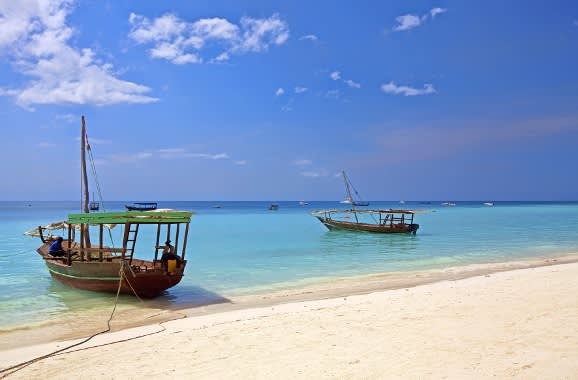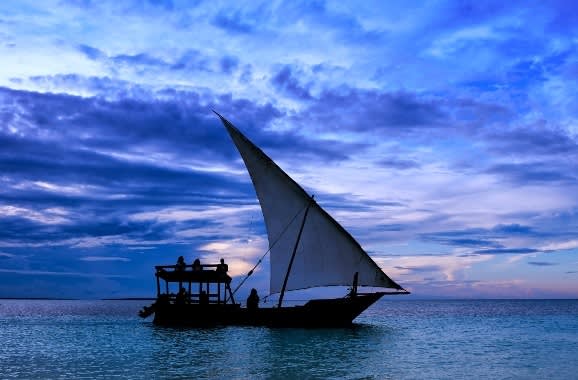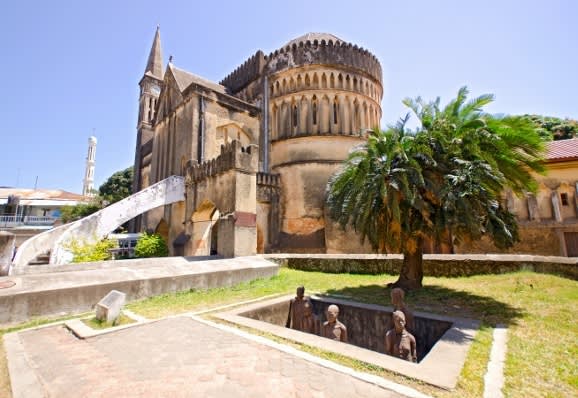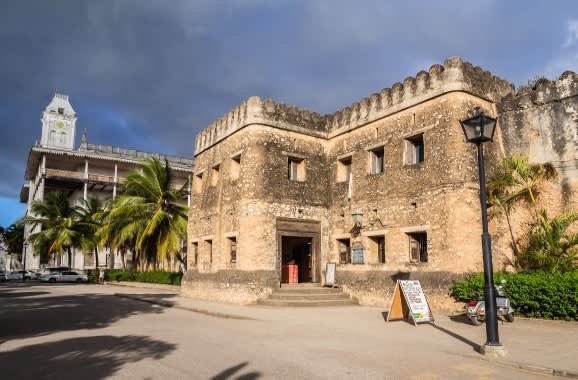The history of Zanzibar is so colorful and so complex that as soon as you wonder where to start, the mind boggles!

Discover Peru’s rich historical and cultural treasures on a journey through these exceptional museums.
The history of Zanzibar is so colorful and so complex that as soon as you wonder where to start, the mind boggles!

The history of Zanzibar is so colorful and so complex that as soon as you wonder where to start, the mind boggles! The name itself sounds like something straight out of Arabian Nights and inspires daydreams of exotic markets, extraordinary landscapes, and a vibrant cultural heritage – if this is indeed your idea of the Zanzibar map then you will not be disappointed!
The ‘Spice Islands’ have lured travelers for centuries!From the Persians to the Sumerians, the British to the Chinese – Zanzibar Island has seen them all. Some, like the Omanis and the Portuguese, settled here to rule, and in every corner of this beautiful archipelago you will see the influence of various cultures and traditions.

Zanzibar’s history dates back more than 20,000 years. In 2005, tools from the Later Stone Age were found at the Kuumbi Caves in Southeastern Zanzibar.
You’ll want to see some of these caves for yourself, not only for the historical significance but also for the sheer natural beauty! Combine this with a trip to the Jozani National Park for a truly enchanting experience.

Sometime in the 1st Century AD the Arabs arrived in Zanzibar and immediately loved the island because it offered them a protected harbour to trade from. Centuries later, Vasco da Gama brought colonial influence to Zanzibar and the archipelago became a Portuguese possession.
It didn’t just stop there – two centuries later, the Omani sultanate ousted the Portuguese rather unceremoniously. Their motive – profits from trading in cash crops and ivory tusks from the elephants of mainland Africa.
Many a spice plantation was started around this time, especially around Zanzibar Town, most of which are still thriving.
There are many plantations around Zanzibar City. If you decide to visit one, prepare to be amazed by the sheer amount of produce and their obvious value in treating ailments!

It was around the same time that farming and fishing gained in popularity, especially in the northern and southeastern parts of Zanzibar. As the population increased, the locals found it necessary to source more food.
Visit Nungwi – the original Dhow builder’s beach in the north, to see the centuries-old tradition of dhow fishing still being continued. The village itself will transport you into a different world filled with enthusiastic tourists, colourful guesthouses and loud music – it’s quite an experience! You’ll want to check out the turtle sanctuary here – the Mnarani Aquarium, built to save the dying species. Nungwi and it’s neighbor Kendwa, are often touted as the best examples of Zanzibar beach areas.

During the time of Omani rule Zanzibar became famous for the African slave trade.
Captured slaves from the interiors of Africa were held in underground caves before being auctioned off. American and European colonies everywhere wanted slave labour in exchange for rum, sugar and other goods.
Zanzibar island came to be known all over the world as the island of spices and slaves and eventually the British intervened. The slave trade was abolished in the 1890s and the peace-loving people of Zanzibar returned to their fishing and spice trading ways. The dark secrets are still buried in the heart of Zanzibar though – in Stone Town and other regions of this island paradise.

Stone Town – the epicentre of Zanzibar and a UNESCO World Heritage Site, has barely changed in the last 200 years. A Cultural Walk through the winding alleyways, overhanging merchant balconies and abandoned buildings here will take you deep into the centuries of history this town has witnessed.
You’ll see the House of Wonders – which was the first place to get running water, electricity and an elevator in Zanzibar. However, it’s the harsh stories of cruelty that will really strike a chord with you.
Stone Town played host to one of the last slave markets in the world.
You’ll also find old limestone slave cells along the coast, not far from Stone Town, with final messages etched into the stones by slaves waiting to shipped off to their ‘masters’. Follow this up with a visit to the ruins of the Omani palace and a swim in blue waters of the Mangapwani beach.

In 1963 Zanzibar gained independence from Britain, only to be immersed in a bloody revolution when thousands of Arabs and Indians were brutally massacred. A year later Tanzania was formed when Zanzibar and Tanganyika united, and Zanzibar became a semi-autonomous region.
Zanzibar today is a growing economy, dependent on the trade of spices and on tourism.
The natural beauty, historical significance and rich cultural heritage of Zanzibar, still call out to the wanderlust in the discerning traveler’s heart!
Speak to one of our Africa experts today to plan your private, tailor-made and totally authentic trip to Tanzania and Zanzibar.

Discover Peru’s rich historical and cultural treasures on a journey through these exceptional museums.

Experience the understated luxury and laid-back charm of these five incredible island resorts.

Everyone knows about the best European cities to visit for art like London and Rome, but here are some surprising places that are just as fabulous.
Sorry, your search found no results.